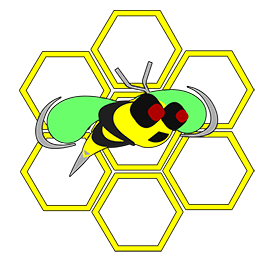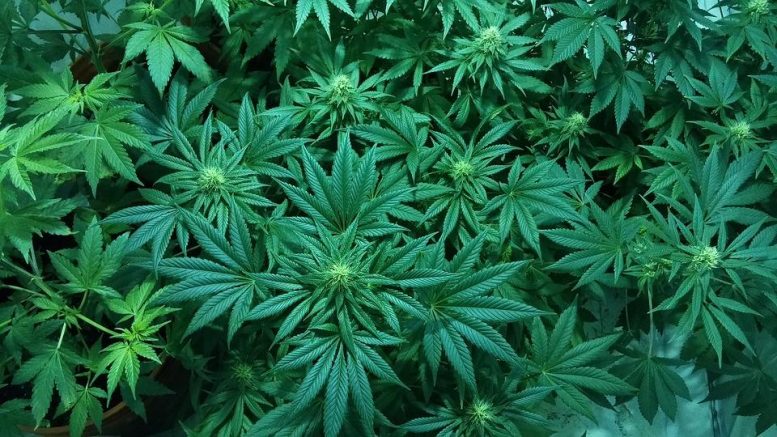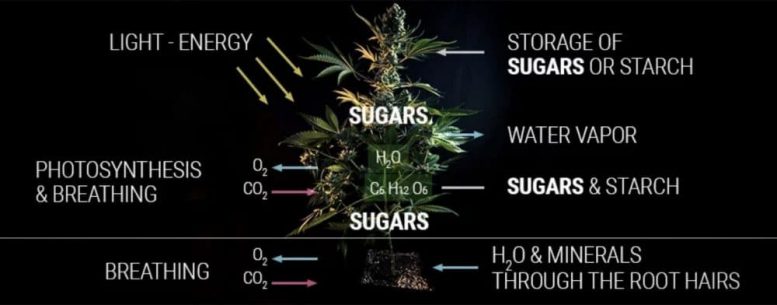- Your cart is empty
- Continue Shopping
How Sugar Plays A Major Role In Growing Cannabis
How Sugar Plays A Major Role In Growing Cannabis
In order to increase the number of buds you harvest, it’s important to ensure your cannabis plant has enough sugar. Let’s take a look at why sugar is so essential to the growth process, and how the cultivator can boost sugar production with various methods.
Growing cannabis isn’t a walk in a park. At least growing great cannabis isn’t. You need to know a lot of things to optimise the health and yield of your plant. One piece of information that is important to consider is the sugar level of your plant. This might seem like a strange variable, but it’s actually one of the biggest factors affecting cannabis growth, ultimately dictating the weight of your harvest. If a plant produces enough sugar and distributes it to the right places around its structure, you can expect a haul of fat buds.
Thus, it’s essential for growers to know how sugar is distributed around your plant, as well as how you, the grower, can boost sugar development.
NO SUGAR, NO CANNABIS
We’ve all heard of photosynthesis. Photosynthesis is a natural process conducted by all plants, in which sunlight is converted to, you guessed it, sugar.
There are a variety of ways to enhance this process and encourage greater sugar production. But it’s not just about adding supplements; sugars must reach the right places throughout the plant, with some areas requiring more than others.
The principle behind sugar distribution is called “sink strength” where sugar flows or “sinks” through its different organs. However, the speed of the flow varies, and the buds are the ones that need and receive most of the sugar.
Also, younger foliage requires more sugar because it is still growing. Meanwhile, the older and mature leaves need less. The unabsorbed sugar doesn’t go to waste though, as it is transferred to the young leaves.
This might sound like a straightforward process, but it really is quite complex. In fact, there’s a lot of competition going on as every part of the plant pulls whatever sugar they can get. The harder the pull, the more sugar goes into it. This means that the organs with stronger suction get more sugar.
We can calculate how efficiently sunlight is being converted to sugar by measuring carbohydrates (simple sugars) contained within the sap of cannabis leaves. The process may sound complicated, however, with a brief overview of brix levels and a cheap, straightforward instrument, novice and experienced cultivators can unlock invaluable growing prowess.
CALCULATING SUGAR USING BRIX LEVELS
Brix is the scientific term for measuring how much light bends when it passes through an object. Place any object into water and it appears to bend. In reality, the light outside the water travels at a higher speed than the light within the water. The difference in density of the two substances is what results in the optical illusion. By measuring the angle at which light travels through sap, it is possible to calculate the degree of refraction taking place. The brix level obtained via the use of a refractometer will give growers an indication of the sugar density of sap, and thus the strength of the plant.
Remember, higher sugar content means fatter buds, and a greater brix percentage is indicative of this. Although other compounds within sap will alter the angle at which light refracts, sugar—or in this case carbohydrates—are one of the largest molecules, and as a result, their effect on light is more dramatic than other, smaller molecules.


